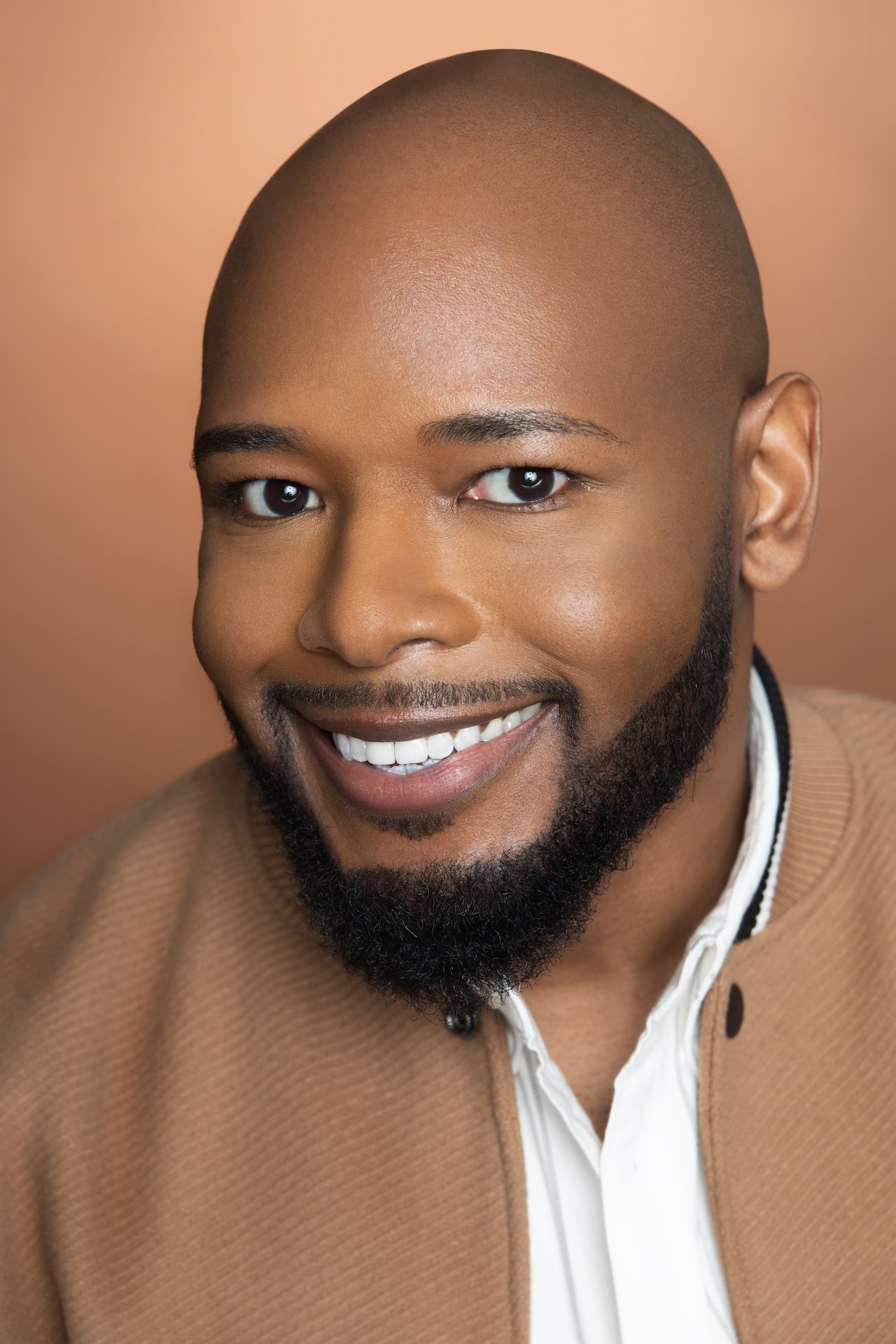
by Michele Kirichanskaya | Jul 22, 2023 | Blog
TERRY J. BENTON-WALKER grew up in rural GA and now lives in Atlanta with his husband and son, where he writes fiction for adults, young adults, and children. He has an Industrial Engineering degree from Georgia Tech and an MBA from Georgia State. When he’s not...
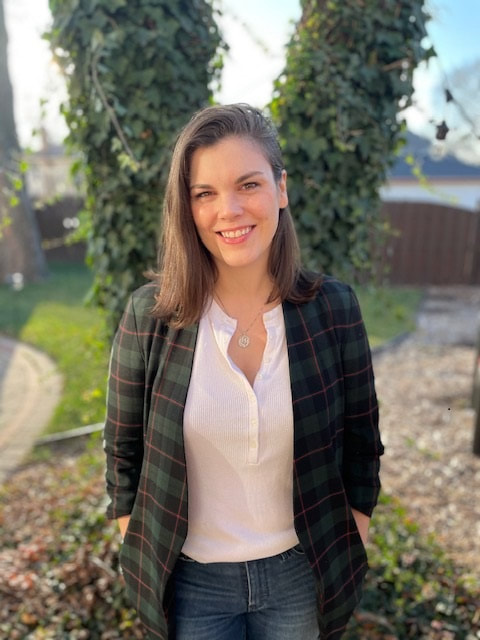
by Michele Kirichanskaya | Jul 16, 2023 | Blog
Lambda Literary Fellow Jen St. Jude grew up in New Hampshire apple orchards and now lives in Chicago with her wife, daughter, and dog. Their debut YA novel, IF TOMORROW DOESN’T COME, will be published by Bloomsbury Children’s (US) and Penguin Random...
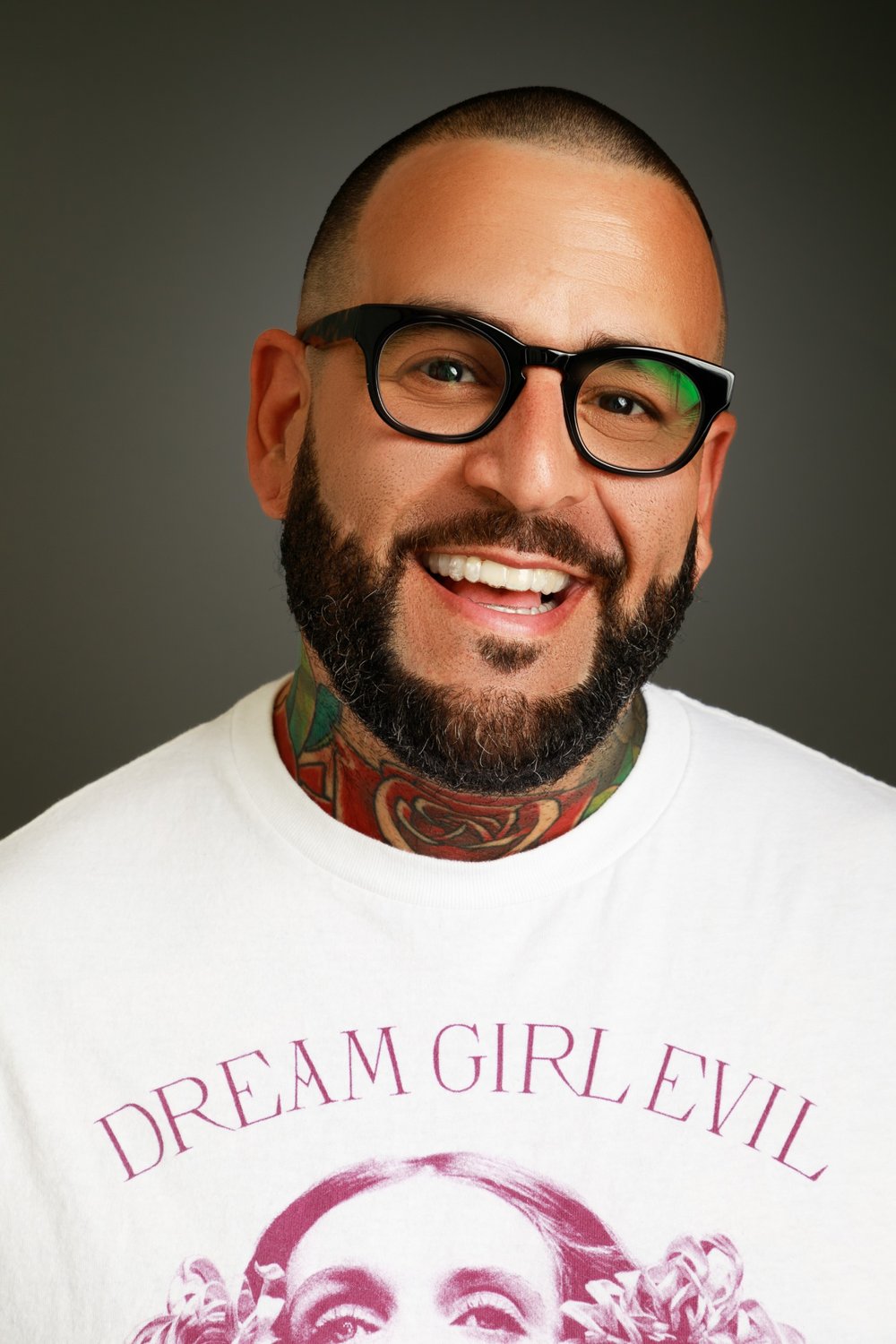
by Michele Kirichanskaya | Jul 1, 2023 | Blog
MARK OSHIRO is the #1 New York Times bestselling, award-winning Latinx queer author of Anger Is a Gift, Each of Us a Desert, and Into the Light, as well as their middle-grade books The Insiders, You Only Live Once, David Bravo, and Star Wars Hunters: Battle for the...
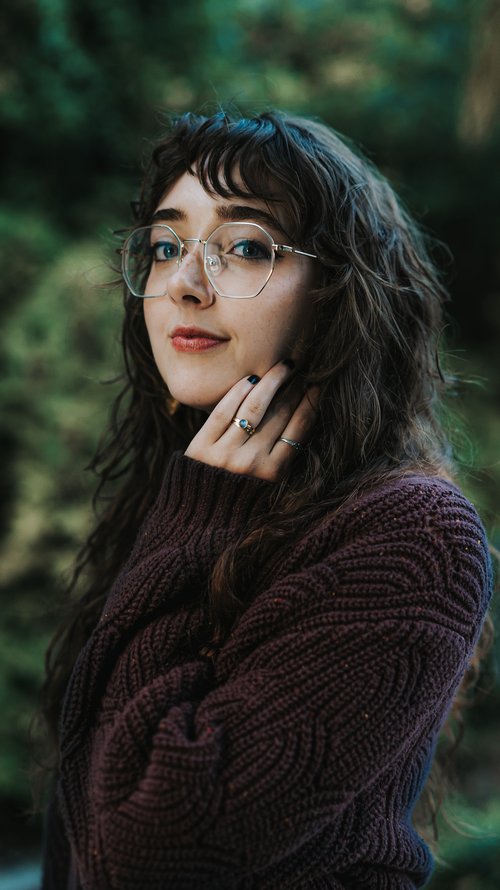
by Michele Kirichanskaya | Jun 28, 2023 | Blog
Ivelisse Housman is the Puerto Rican-American author of UNSEELIE, a young adult fantasy novel published by Inkyard Press. Her work is inspired by her intersecting identities as a biracial autistic woman. She lives in the Blue Ridge Mountains with her high school...
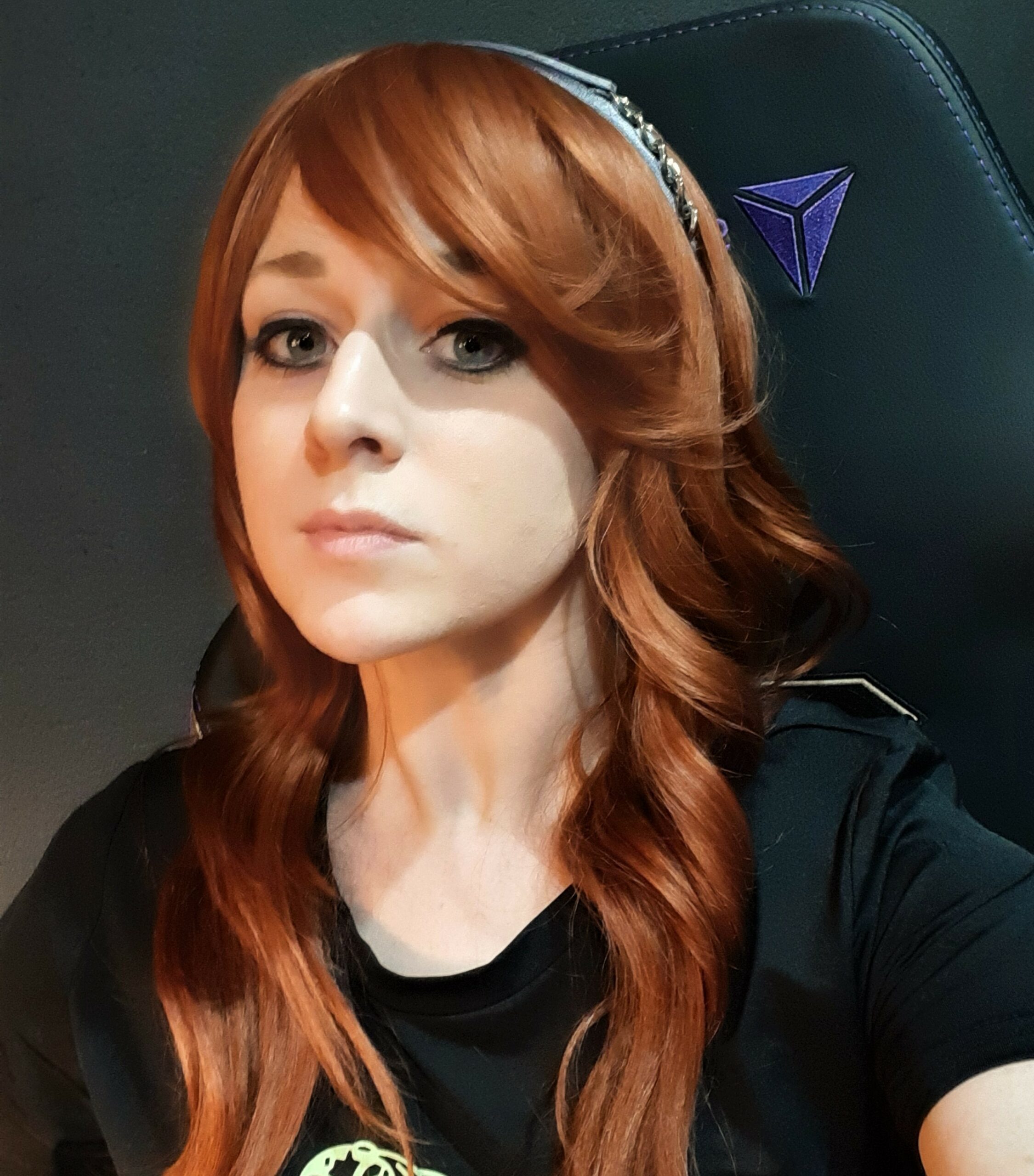
by Michele Kirichanskaya | Jun 22, 2023 | Blog
Claire Winn spends her time immersed in other worlds—through video games, books, conventions, and her own stories. Since graduating from Northwestern University, she’s worked as a legal writer and editor. Aside from writing, she builds cosplay props and battles with...






